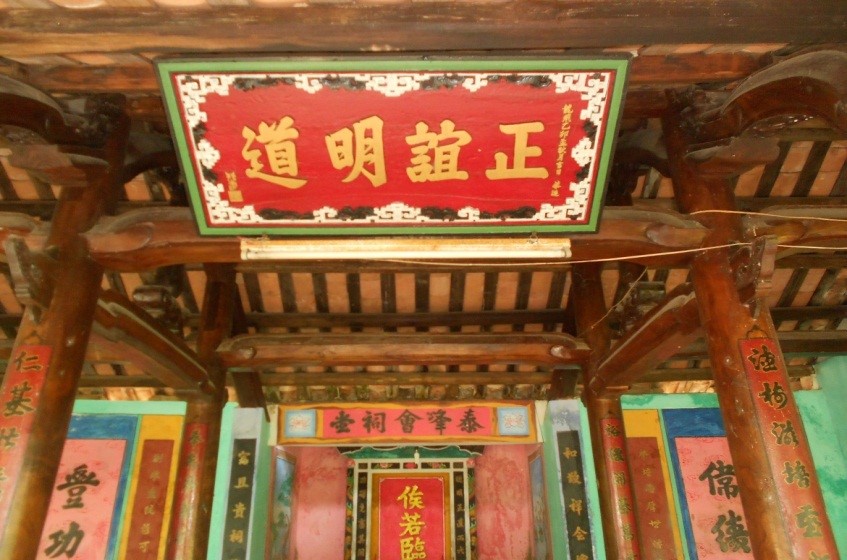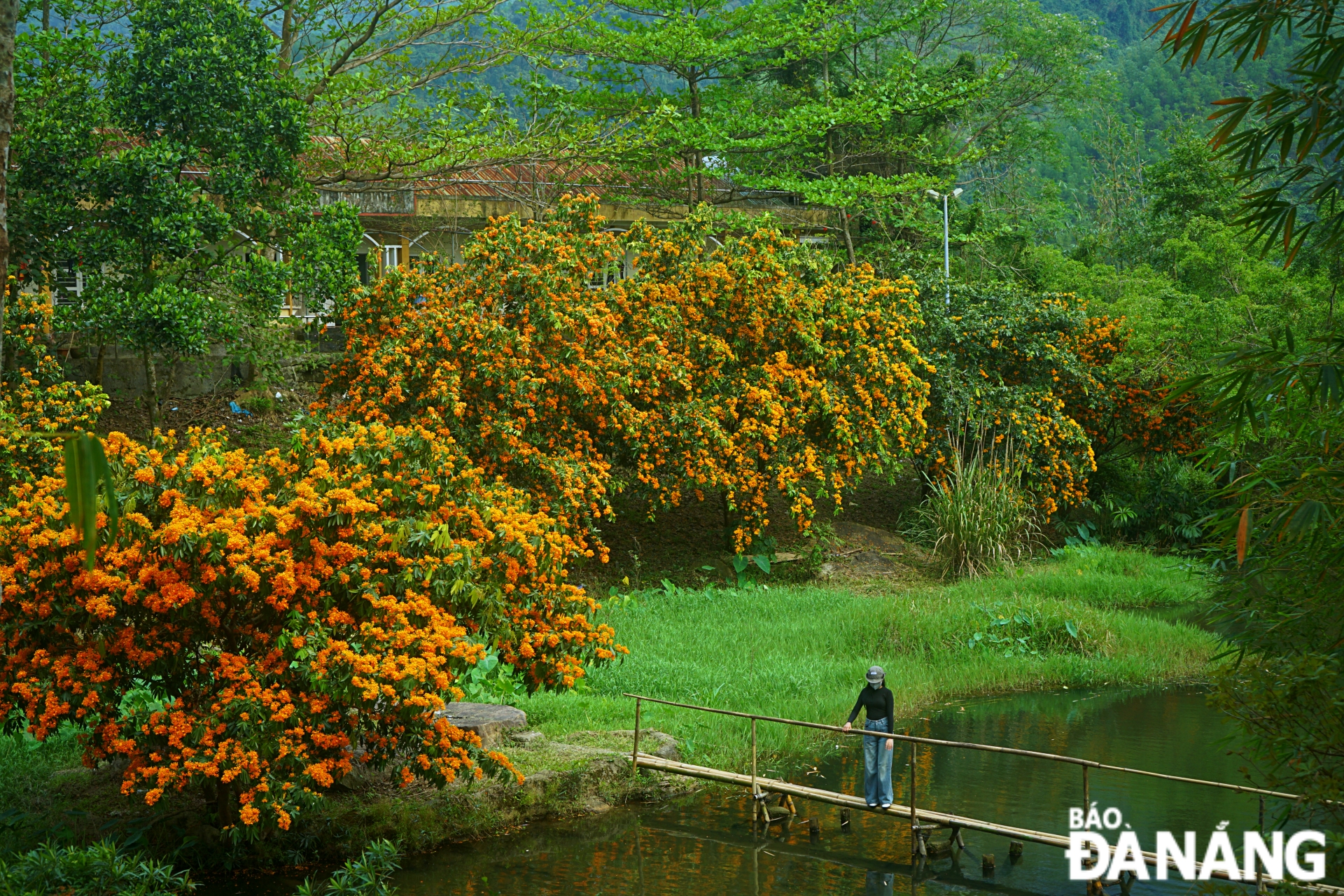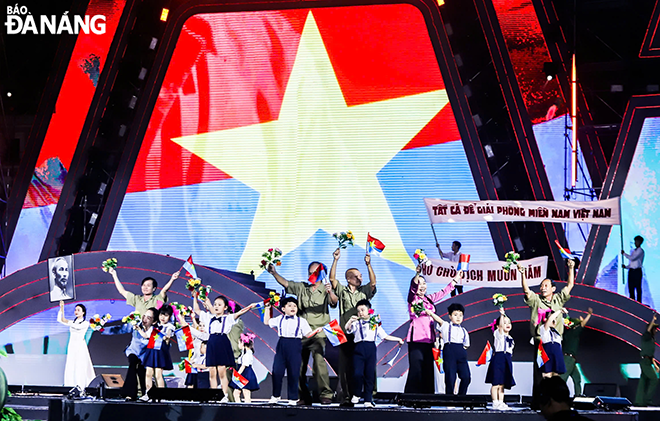Thai Lai communal house - Cultural symbol of eponymous village community
Like any other communal house of the Vietnamese people, Thai Lai communal house is the centre of beliefs and culture where the traditional cultural values and nuances of Thai Lai villagers converge and reflect.
 |
| A horizontal lacquered board is saved at the Thai Lai communal house. Photo: D.G.H |
Thai Lai communal house is located in the eponymous village, Hoa Nhon Commune, Hoa Vang District, Da Nang. It was recognised as a municipal-level historical and cultural relic according to Decision No. 9569/QD-UBND dated December 22, 2009.
Initially, Thai Lai was a wasteland with many low-lying fields and swamps interspersed with mounds. This topographical feature is clearly reflected in the place names in the village such as Trai Pond, Seo Pond, Khe Ngang, Ong Sieu Mound, Cam Nho, and Dong and Mau fields.
Bau Trai (Trai Pond) is also the name of the village that existed for tens of hundreds of years. At the beginning of the Gia Long reign (1802-1820) under the Nguyen Dynasty, the village name was changed to Thai Lai, reflecting villagers’ desire for a peaceful and prosperous life.
Legend has it that the Thai Lai communal house was first built at the beginning of the Gia Long reign, in the Ngoai hamlet of the village. At that time, the communal house was small in scale and had simple architecture because the main construction materials were locally used with low durability.
In the first year of Tu Duc reign (1848), the villagers of Thai Lai together rebuilt the new communal house with a wooden frame and tiled roof to replace the old and downgraded one. At the same time, the construction location also changed. The new communal house was built in the Go hamlet in the centre of the village, which is also the current location.
In 1907, the villagers rebuilt the new communal house with jackfruit wood on the old ground in the style of 3 compartments and 2 wings. Also, a back shrine connecting to the main hall behind the middle compartment, and temples of Than Nong, Son Than and Bach Ho on the left and right sides in front of the main hall, were constructed.
Temples, back shrines and many wooden structures in the main hall of the Thai Lai communal house were completely destroyed by bombs during the resistance war against the French (1946-1954). In 1959, although Thai Lai and other villages in Southern Viet Nam were invaded, the villagers unanimously repaired the communal house to worship the gods. Since then, the structure and architectural style of the Thai Lai communal house have basically not changed.
In addition, the villagers constantly renovate the landscape, arrange and decorate the sacrificial areas and the altars, and repair the roof, making the communal house more spacious.
Every year, the villagers organize worship ceremonies and hold festivals at the communal house. Among the abovementioned festivals, the largest one is held on the 10th day of the 3rd lunar month.
On the occasion, aside from the solemn worship rituals, there are festive activities, games and folk performances with rich and diverse forms for all villagers. The festival contributes to fostering aesthetic feelings, paying gratitude to generations of ancestors, and strengthening community ties towards a beautiful and happy life in the future.
Reporting by DOAN GIA HUY - Translating by M.DUNG, P.TRA








